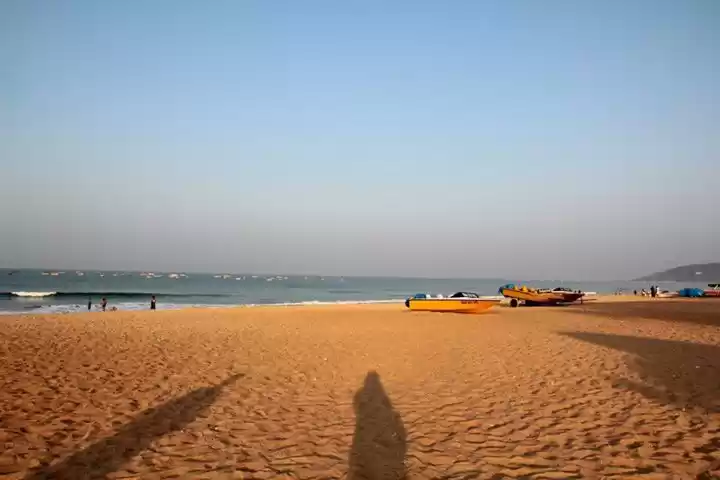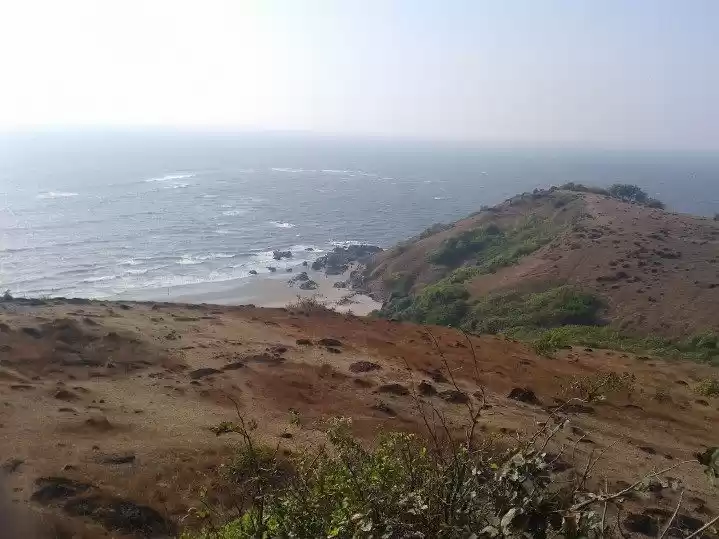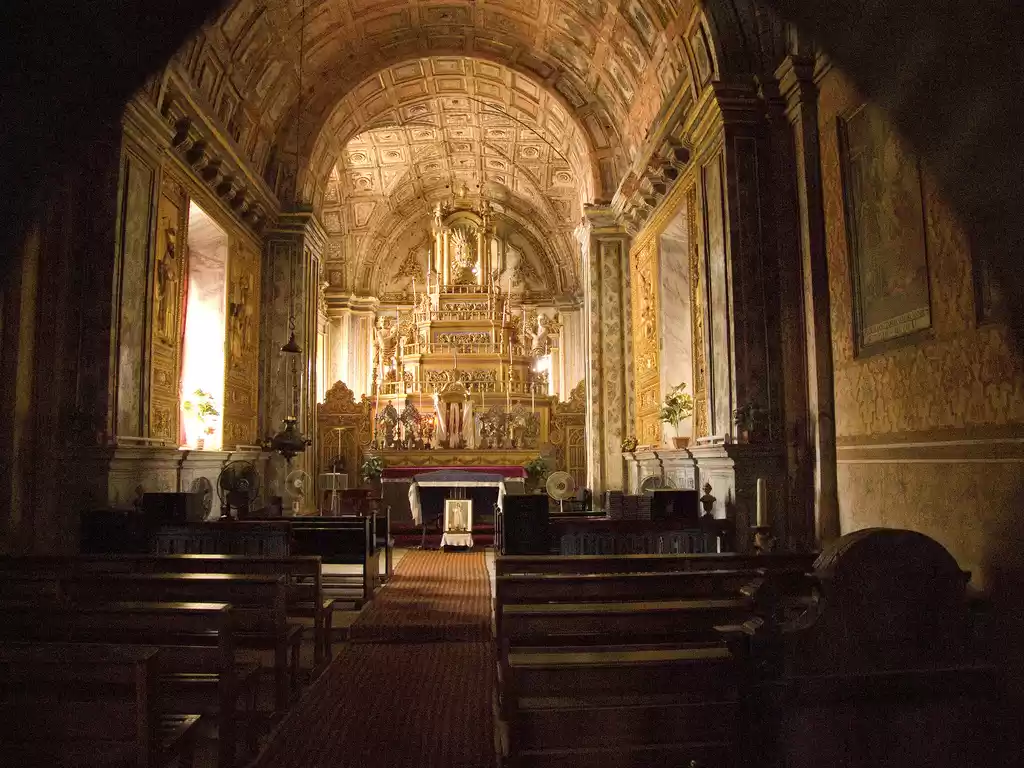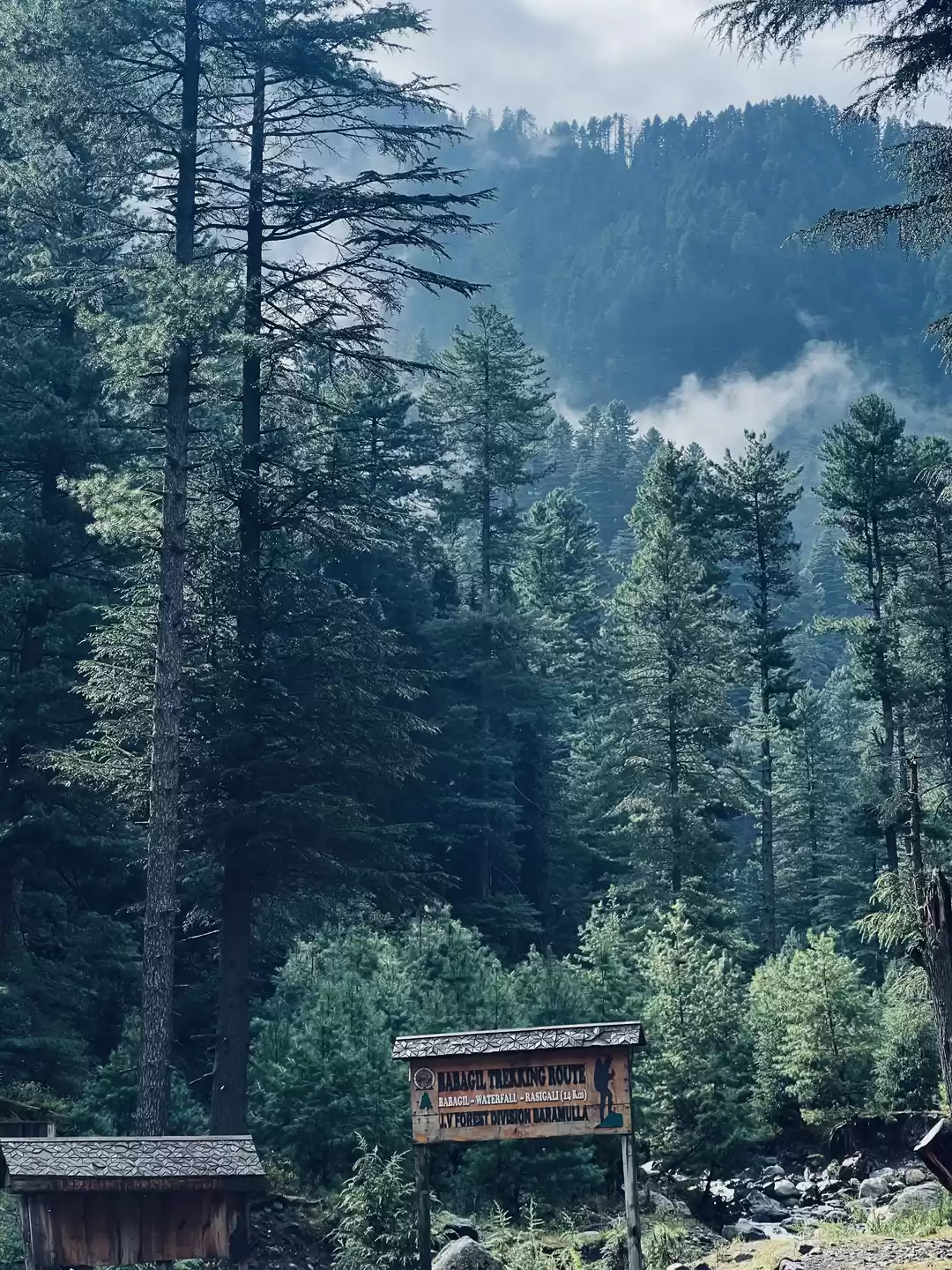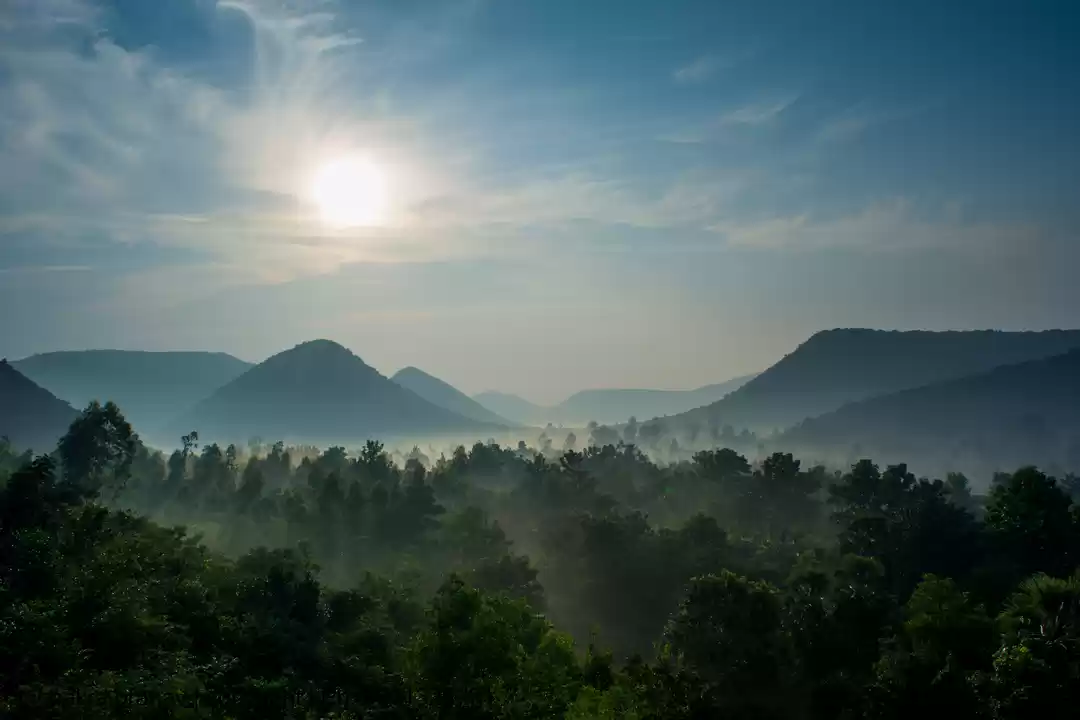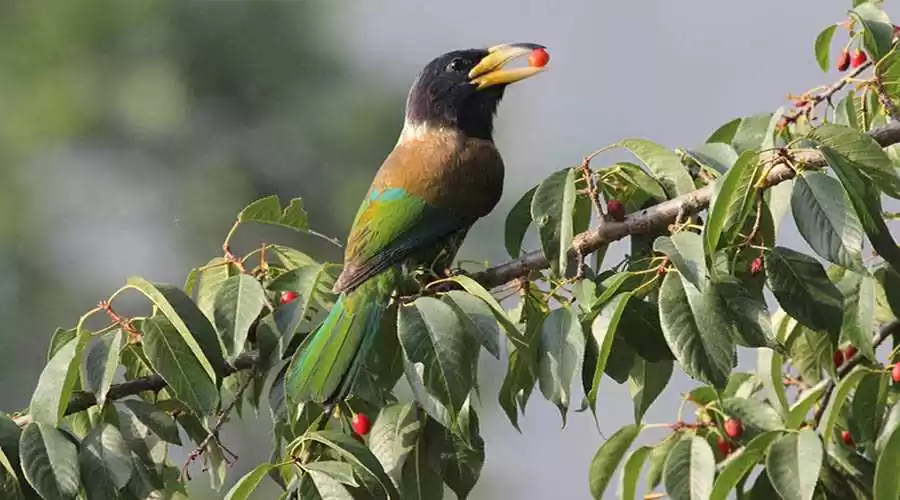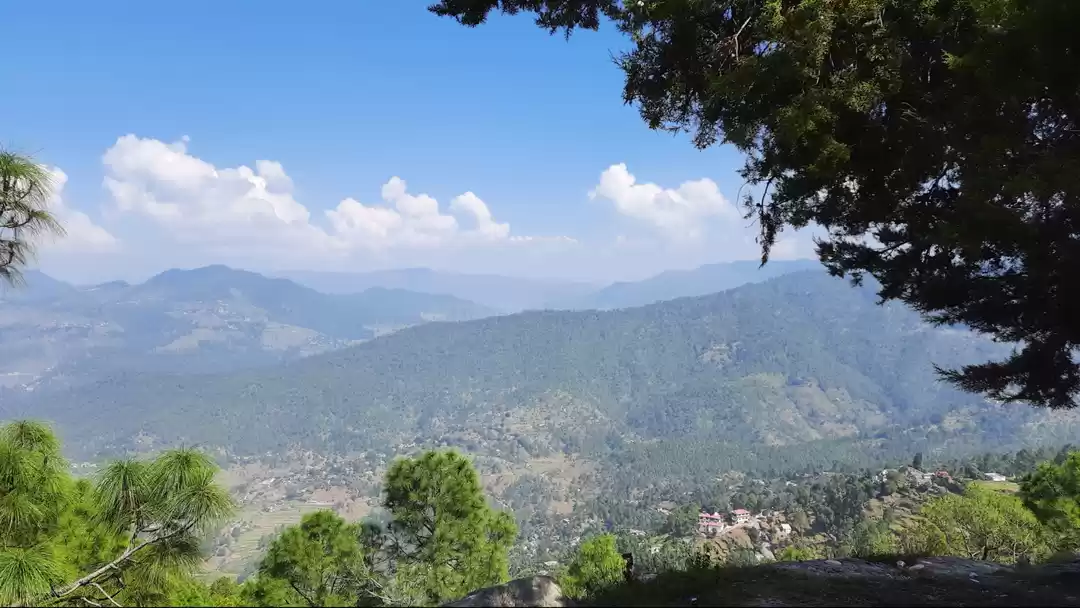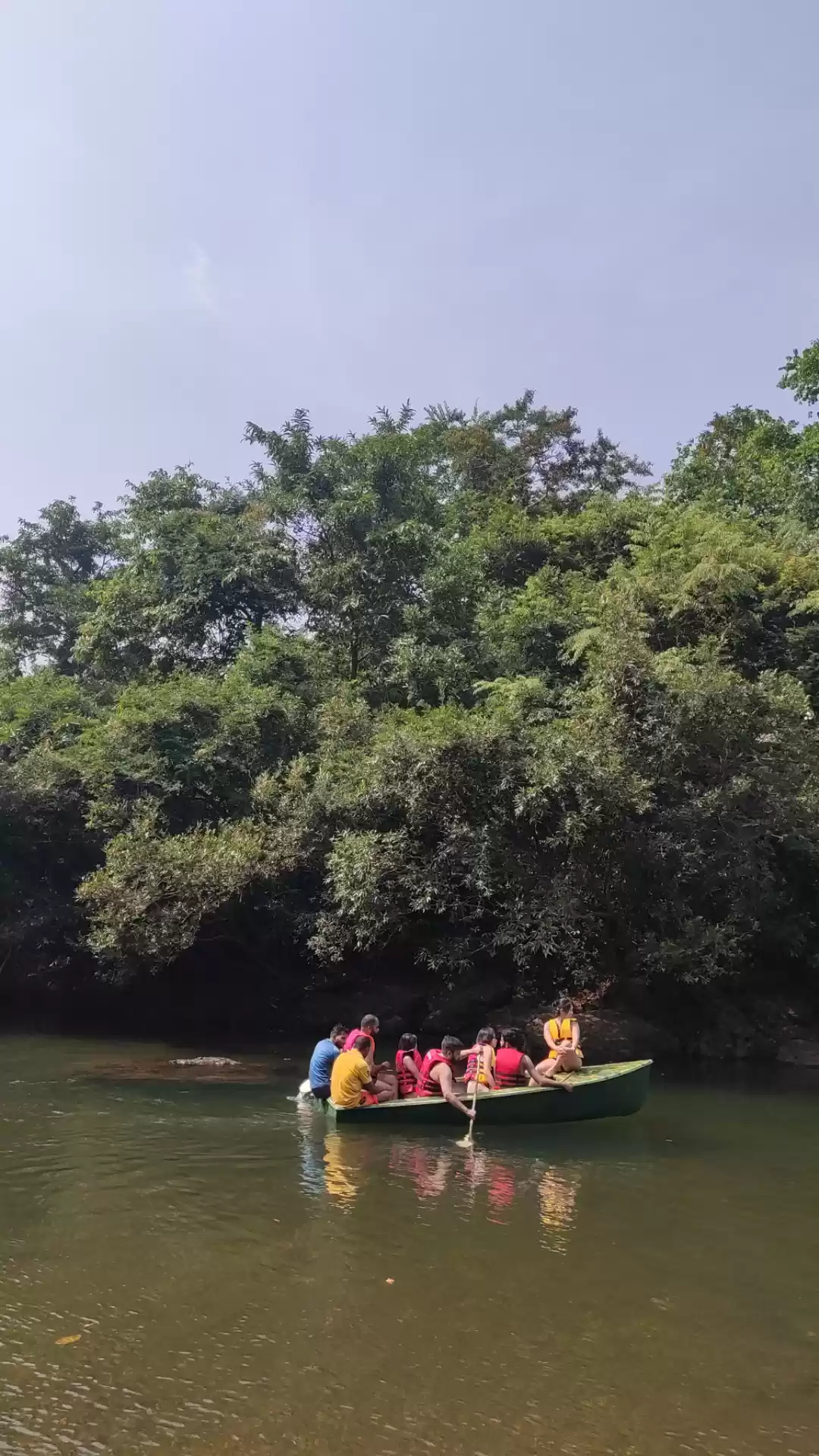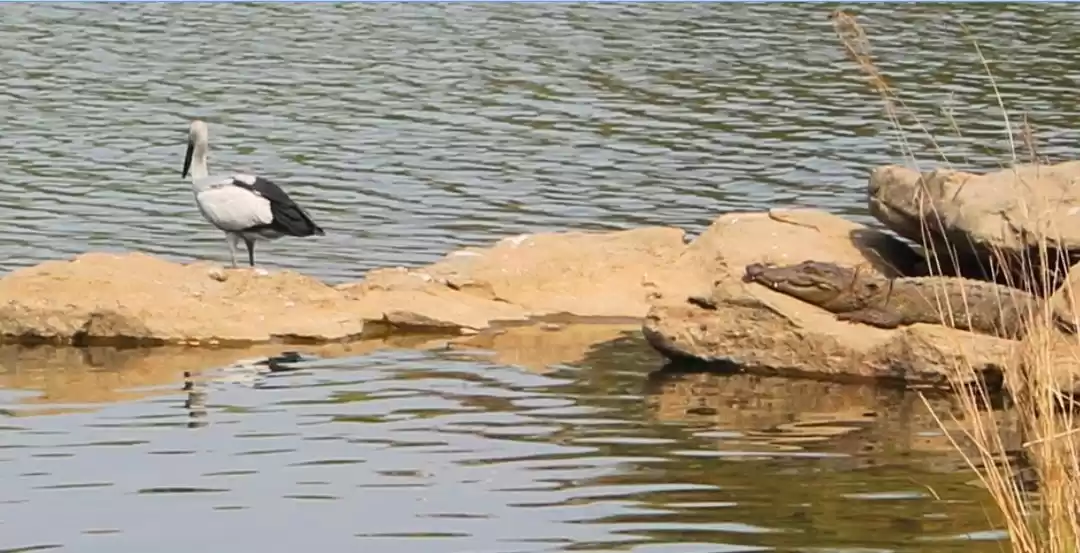Goa is famous for its beaches, nightlife, and culture, but did you know that it also has some of the most amazing wildlife sanctuaries in India? One of them is the Cotigao Wildlife Sanctuary, a hidden gem that offers a serene and scenic escape from the hustle and bustle of the city. If you are a nature and wildlife lover, you will be amazed by the variety and richness of the sanctuary’s ecosystem, which is home to some of the rare and endangered species of animals and plants.
Whether you want to explore the forest trails, spot the exotic birds and butterflies, or enjoy a private safari, the Cotigao Wildlife Sanctuary has something for everyone. In this article, we will give you a comprehensive guide to the Cotigao Wildlife Sanctuary, including its location, how to reach, wildlife, flora, activities, and tips for a memorable visit.
Location and How to Reach
The Cotigao Wildlife Sanctuary is located in the Canacona district of South Goa, about 60 km from the state capital, Panaji. It covers an area of 86 sq km and is the second-largest wildlife sanctuary in Goa. It was established in 1969 to protect the forest and its wildlife from poaching and logging.
The sanctuary is easily accessible by road from various parts of Goa and neighboring states. You can take a bus, taxi, or bike from Panaji, Margao, or Dabolim Airport to reach the sanctuary. The nearest railway station is Canacona, which is about 12 km from the sanctuary. The nearest airport is Dabolim, which is about 70 km from the sanctuary.
Wildlife and Flora
The Cotigao Wildlife Sanctuary is a biodiversity hotspot that boasts of a rich and diverse wildlife and flora. The sanctuary has eight types of forest, ranging from moist deciduous to evergreen. The forest is dominated by tall trees, such as teak, rosewood, cashew, and bamboo, that form a dense canopy. The forest floor is covered with ferns, orchids, and medicinal plants.

The sanctuary is home to more than 200 species of birds, 25 species of mammals, 80 species of reptiles, and countless species of insects and butterflies. Some of the rare and endangered species that can be found in the sanctuary are the flying squirrel, the slender loris, the mouse deer, the Indian pangolin, the Malabar pit viper, and the hump-nosed pit viper. Other common animals that can be seen in the sanctuary are the gaur, the spotted deer, the wild boar, the leopard, the monkey, the porcupine, and the civet.

The sanctuary is also a paradise for birdwatchers, as it hosts a variety of resident and migratory birds, such as the Malabar trogon, the Malabar grey hornbill, the white-bellied woodpecker, the fairy bluebird, the ruby-throated bulbul, the paradise flycatcher, and the golden oriole. The sanctuary also has a butterfly park, where you can see hundreds of colorful and exotic butterflies, such as the blue mormon, the crimson rose, the common jezebel, and the tiger butterfly.
One of the best ways to see the wildlife and flora of the sanctuary is to visit the observation deck, which is a 25-meter-high watchtower that offers a panoramic view of the forest. The observation deck is located near the nature interpretation center, which is a museum that displays information and exhibits about the sanctuary’s ecosystem. The observation deck and the nature interpretation center are open from 7 am to 5 pm, and the entry fee is Rs. 20 per person.
Activities and Things to Do
The Cotigao Wildlife Sanctuary offers a range of activities and things to do for visitors of all ages and interests. You can enjoy the following activities and experiences in and around the sanctuary:

Nature walks:
The sanctuary has several nature trails that allow you to explore the forest and its wildlife at your own pace. You can hire a guide or follow the signboards that mark the trails. The trails vary in length and difficulty, and some of them lead to waterfalls, streams, and ponds. The nature walks are ideal for nature lovers, photographers, and families with children.

Private safaris:
If you want to see the wildlife up close and personal, you can book a private safari that takes you inside the core area of the sanctuary. The safari is conducted in a jeep or a gypsy, and is accompanied by a trained driver and a naturalist. The safari lasts for about two hours, and covers a distance of about 15 km. The safari is a great way to see the animals in their natural habitat, and learn about their behavior and ecology. The safari is available from 7 am to 11 am and from 3 pm to 6 pm, and the cost is Rs. 1500 per vehicle.
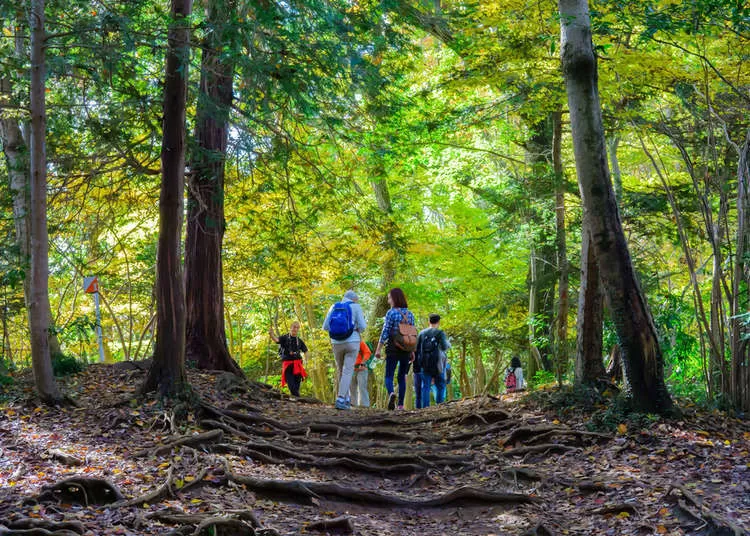
Hiking:
If you are looking for some adventure and challenge, you can try hiking in the sanctuary. The sanctuary has some of the highest peaks in Goa, such as the Talpona hill and the Poeni hill, that offer stunning views of the forest and the surrounding landscape. The hiking trails are steep and rugged, and require a good level of fitness and endurance. The hiking is best done in the morning or evening, when the temperature is cooler and the visibility is better. The hiking is suitable for solo travelers, couples, and groups.

Camping:
If you want to experience the wilderness and the night life of the sanctuary, you can opt for camping in the sanctuary. The sanctuary has a few designated camping sites, where you can pitch your own tent or rent one from the forest department. The camping sites are equipped with basic amenities, such as toilets, water, and electricity. The camping is a fun and exciting way to spend the night under the stars, listen to the sounds of the forest, and spot the nocturnal animals. The camping is available from 6 pm to 6 am, and the cost is Rs. 100 per person.
Birdwatching:
The sanctuary is a haven for birdwatchers, as it has a diverse and abundant bird life. You can spot the birds from the observation deck, the nature trails, or the camping sites. You can also hire a bird guide or join a birding group that organizes regular birdwatching tours in the sanctuary. The birdwatching is a relaxing and rewarding activity that lets you admire the beauty and diversity of the feathered friends. The birdwatching is best done in the early morning or late afternoon, when the birds are most active and vocal. The birdwatching is suitable for families, solo travelers, couples, and groups.
Tips and suggestions
Here are some tips and suggestions for the best time to visit, the entry fee, the timings, the accommodation options, and the safety precautions:
The best time to visit the sanctuary is from October to March, when the weather is pleasant and the wildlife is more visible. The sanctuary is open throughout the year, but the monsoon season (June to September) is not recommended, as the forest becomes wet and slippery, and the visibility is low.
The entry fee for the sanctuary is Rs. 20 per person, and Rs. 50 per vehicle. The entry fee for the observation deck and the nature interpretation center is Rs. 20 per person. The entry fee for the private safari is Rs. 1500 per vehicle. The entry fee for the camping is Rs. 100 per person. The entry fee for the bird guide is Rs. 500 per group.
The timings for the sanctuary are from 7 am to 5 pm. The timings for the observation deck and the nature interpretation center are from 7 am to 5 pm. The timings for the private safari are from 7 am to 11 am and from 3 pm to 6 pm. The timings for the camping are from 6 pm to 6 am.
Accommodation options
The accommodation options for the sanctuary are limited, as there are no hotels or resorts inside the sanctuary. The only option is to stay at the forest rest house, which is a basic and budget-friendly option that offers dormitories and cottages. The forest rest house is located near the entrance of the sanctuary, and can be booked in advance from the forest department.
The cost of the forest rest house is Rs. 300 per person for the dormitory, and Rs. 1000 per cottage. Alternatively, you can stay at the nearby towns of Canacona or Palolem, which have a variety of hotels and resorts to suit different tastes and budgets.

The safety precautions for the sanctuary are to follow the rules and regulations of the forest department, such as not littering, not feeding or disturbing the animals, not making loud noises, not carrying firearms or explosives, not smoking or drinking, and not venturing into restricted areas. You should also wear comfortable and appropriate clothing and footwear, carry enough water and snacks, apply sunscreen and insect repellent, and carry a first-aid kit and a flashlight. You should also respect the local culture and customs, and avoid any conflicts or misunderstandings with the villagers or the tribes.
The Cotigao Wildlife Sanctuary is a must-visit destination for anyone who loves nature and wildlife. It is a hidden gem that offers a serene and scenic escape from the hustle and bustle of the city. You can see a variety of rare and endangered species of animals and plants, enjoy various activities and experiences, and learn about the sanctuary’s ecosystem and history.
The Cotigao Wildlife Sanctuary is a perfect place to reconnect with nature and yourself, and to create some unforgettable memories. So, what are you waiting for? Book your trip to the Cotigao Wildlife Sanctuary today, and experience its beauty and diversity for yourself.
If you liked this article, please share it with your friends and family on social media, and leave us a comment below. We would love to hear from you about your experience and feedback. Thank you for reading, and happy travels!





